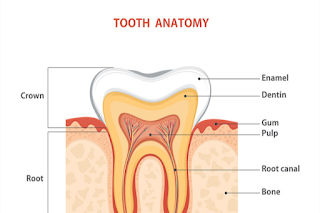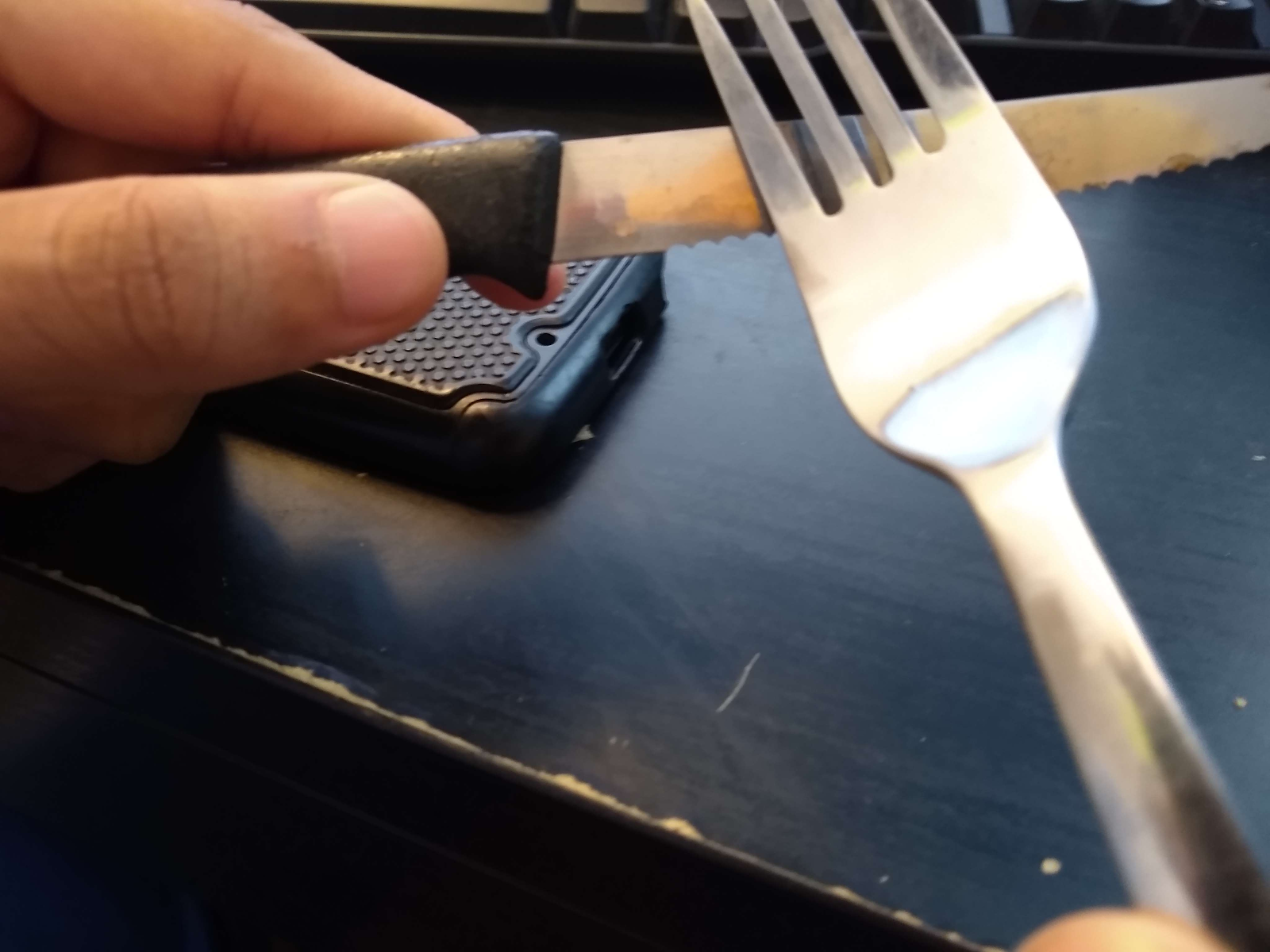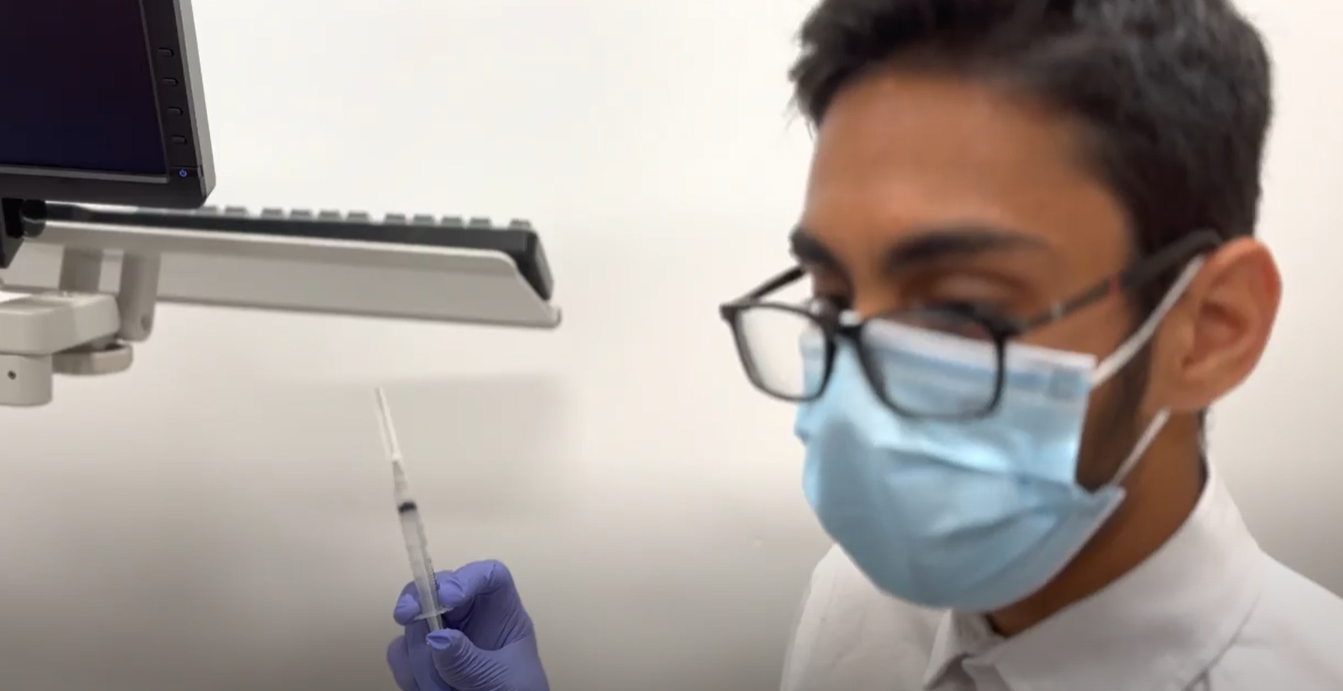"The technology used are not all
implemented for the same purposes. To me it makes the most sense to divide this
section, this dentin, into three parts: hardware, software, and online. The
moviemaking process first begins with the planning. As such, I will first
expand on the online component. This included Blogger, the website where I
posted during the eight weeks I worked on the production. Not only this, but it
allowed me to gather my thoughts. At the very beginning of preproduction, I was
unsure what story to fully flesh out, blogging helped me to decide. Secondly,
the hardware. These included devices such as a mobile camera, microphone, and
memory cards. The mobile camera I used was an iPhone 13 mini. This phone
allowed me to blur and capture the story which I created. An additional bonus
that only this phone could provide was higher resolution quality which I could
not obtain without it. The microphone collected the background audio in the
dentist office and was attached to the inside of the actors' shirts in order to
obtain clearer audio. Memory cards helped to transfer the video and audio
components to be losslessly compressed into the postproduction software.
Software, in my opinion, is the most critical aspect of the technology.
Software composed of Premiere Pro, Photoshop, and Audacity. In Premiere Pro I
was able to import and edit the video. The original, unedited clips had much
potential which had to be refined through Premiere. This single executable
numbed the cavities or roadblocks that I had to deal with. There were two of
note: the overexposure of the clips and the lack of blood when the teeth were
removed. The first problem was solved by working with the interpreter in
Premiere to lower the exposure and make the clips much crisper. The tooth
removal scene was rather lackluster without eye candy. Therefore, using
Premiere, it allowed me to key in colors with the Color Replace feature and
make the shots look much more vivid and harrowing. Photoshop helped with
creating the Smile Room logo used at the end of the introduction which helps to
establish the theme and has brand identity. Lastly, but not least, Audacity
helped to record the audio recordings for the Foley sounds and recording over
the video. This was used in the scene where the needle was unsheathed similarly
to a sword. Lastly but not least, Audacity helped to make the puncturing needle
sound. These two sound effects landed itself to a horror convention of making
the audio have more of an unrealistic soundscape in order to instill fear.
This is what I have so far and I am going to continue working to make this commentary the best it can be! In the next post, I will likely have the commentary done and have started working more on the interview.







































